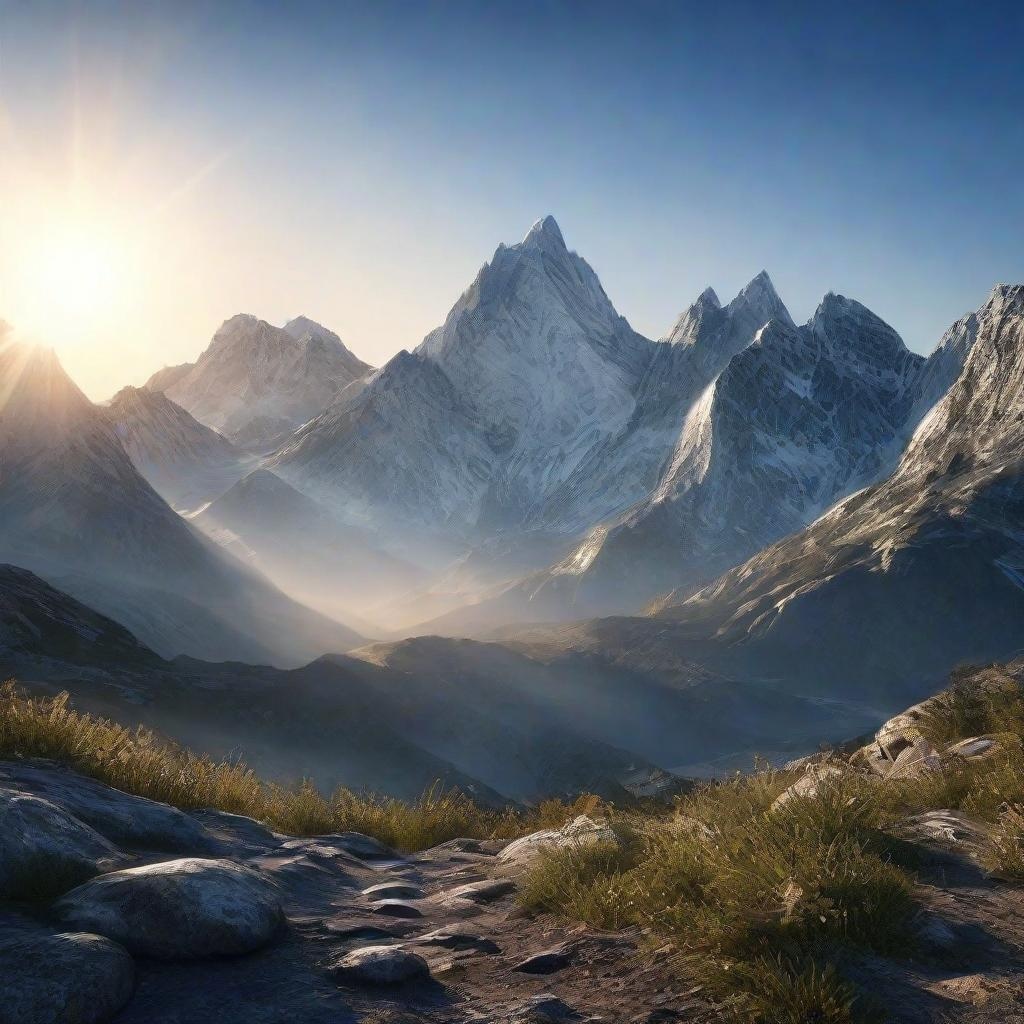How to Achieve Photorealism in AI Art

In the ever-evolving world of artificial intelligence, achieving photorealism in AI-generated art has become a significant focus. Photorealism refers to artworks created with such precision and detail that they resemble high-resolution photographs. This article explores techniques and tools that can help artists and AI enthusiasts create stunning photorealistic images.
Understanding Photorealism
Photorealism is not just about replicating reality. It involves a deep understanding of light, texture, perspective, and color. The goal is to create an image that could be mistaken for a photograph. Here are some key components:
- Lighting: The play of light and shadow is critical in creating depth.
- Texture: Realistic surfaces are essential; use high-resolution textures to add realism.
- Perspective: Maintain accurate angles and proportions to simulate real-life views.
- Color Accuracy: Ensure colors closely match those of the real-world object or scene.
Techniques for Achieving Photorealism
1. Use High-Resolution Inputs
The quality of your source material significantly impacts the final output. Start with high-resolution images as references to guide your AI.
2. Leverage Advanced AI Tools
There are several AI tools that specialize in creating photorealistic art. For example:
- Midjourney: Known for its ability to generate detailed and high-quality images.
- Artbreeder: Allows users to mix images and adjust parameters to create unique variations.
- DAZ 3D: Focuses on 3D modeling, enabling artists to create lifelike characters and environments.
3. Utilize Post-Processing Techniques
Once you've generated your images, consider using image editing software like Adobe Photoshop for post-processing. This can enhance lighting, add filters, and make other adjustments to improve realism:
- Adjust Contrast: Fine-tune brightness and contrast to make the image pop.
- Add Filters: Use sharpen filters to enhance details and textures.
- Color Grading: Apply color adjustments to achieve the desired mood or tone.
Common Mistakes to Avoid
When striving for photorealism, avoid the following pitfalls:
- Inconsistent lighting across elements in the image.
- Using overly saturated colors that don’t correspond to real-life counterparts.
- Ignoring smaller details that can elevate the realism of the piece.
Conclusion
Achieving photorealism in AI art is a blend of the right techniques, tools, and understanding of visual depth. With practice and attention to detail, artists can serve stunning images that capture the essence of reality. Use the suggested tools and techniques to refine your skills and create remarkable artwork.
"Art is not a reproduction of the visible; it is a visualization of the invisible." – Paul Klee